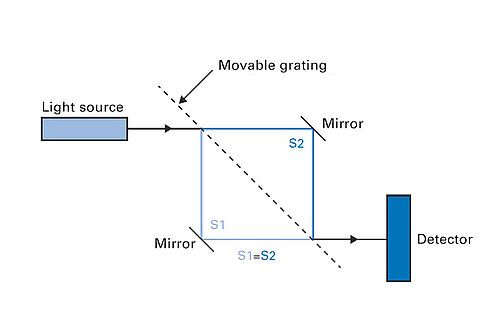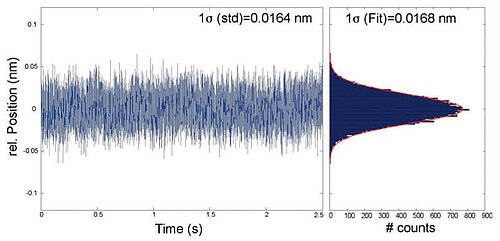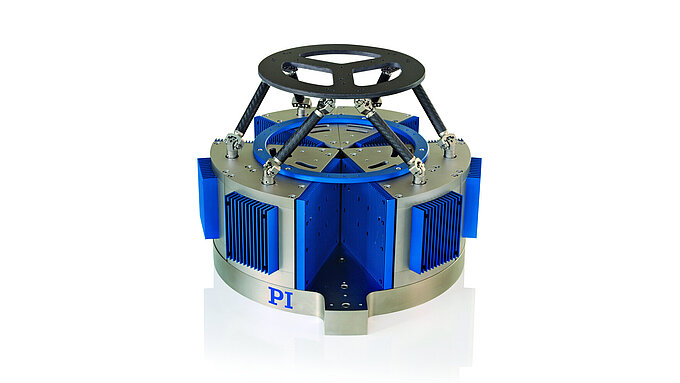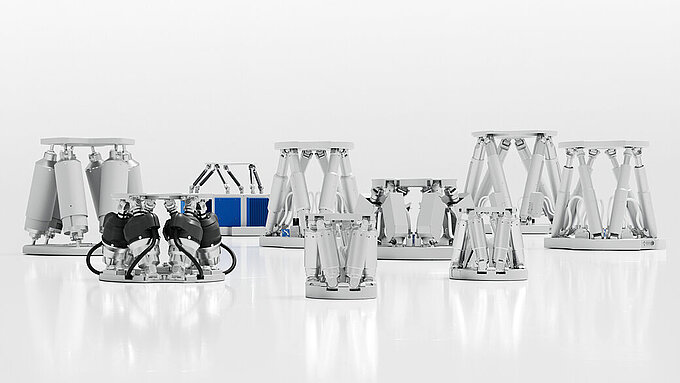Piezo stepping drives or magnetic drives enable high-precision positioning over large travel ranges. However, high resolution and linearity over large travel ranges can only be achieved with highest resolution measuring systems and method.
For conventional nanopositioning with piezo actuators and travel ranges up to 1 mm, capacitive sensors achieve a resolution in the sub-nanometer range and very high stability and linearity. Capacitive measuring systems unfortunately reach their limits for measuring ranges from approx. 1 mm: Resolution and linearity decrease or the size of the active sensor area increases and thus also the required installation space. Incremental position sensors are therefore used for larger travel ranges. However, the linear encoders available on the market are often insufficient for the requirements of nanopositioning mechanics.
尽管光线条件不佳依然可以拍摄清晰的照片,拍摄快照而不模糊,识别交通标志和道路标记,或利用特定系统识别危险情况-所有这一切如今都可以借助于现代相机而得以实现。然而相机或智能手机的静态和视频图像质量究竟如何?并且与其他供应商的型号相比又如何呢?
最终用户、智能手机和相机制造商、汽车或航空航天、医疗与安全或自动化技术领域的公司-他们都对静态和视频图像的质量提出了较高的要求,并积极寻求这些问题的答案。
DxOMark Image Labs公司直面这些问题并寻求提供解决之道。该公司为客户提供咨询服务和完整的图像质量测试实验室解决方案。此类解决方案由硬件、软件和测试协议组成,并且可确保可重复的、与操作人员无关的结果。DxOMark Image Labs市场营销副总裁Nicolas Touchard在接受PI Karlsruhe的采访中,介绍了评估静态和视频图像质量的方法以及如何在图像稳定技术的测试中使用PI六足位移台。
有哪些关键的图像质量属性?
根据特定的关键图像质量属性评估每台相机。图像质量属性包括分辨率、对比度、颜色、纹理、缩放、自动对焦、曝光和图像稳定等。对于每一项属性,均拍摄并评估数千幅图像以获取具有统计意义的结果。为了使图像质量具有可比性,必须始终在相同条件下采用相同的方法测试相机和相机组件。DxOMark评估所依据的测量方法是与在IEEE / CPIQ和ISO TC42-WG18等国际标准化工作组中开展合作的成像行业内的数家公司共同开发的。
图像稳定测试– PI六足位移台模拟相机运动
图像稳定测试评估内置于相机中的光学和电子图像稳定系统的工作情况。这些系统旨在补偿运动,因此避免了模糊图像。
在与图像稳定相关的所有测试程序中,相机在多根轴上的重复精度非常重要。“我们必须确保每次测试的模拟频率和运动都是相同的,例如围绕旋转轴θX、θY、θZ(俯仰、偏航、滚转),”Nicolas Touchard强调说。例如,在测试相机和智能手机时,需要高达约12赫兹的频率来模拟人手的颤抖,而驾驶辅助系统中的图像稳定则需补偿更高的频率。





